Latest News August 2022
Welcome to the Frewer Engineering latest news August 2022.
This month’s edition reports on our investment into computing power, coding capabilities and cutting edge analysis techniques. We are also extending a special welcome to the latest addition to the Frewer team, Sam!
Shock & vibration analysis of customer equipment is a busy area for us

Our analysis team have been busy performing shock and vibration analysis on a variety of customer (mainly advanced electro-mechanical) equipment for both military and civil applications.
Simulating extreme events using our software tools, along with bespoke coding, we furnish our customers with life expectations of equipment along with predictions of performance in service under vibrational excitations.
Fatigue analysis plays an important part in the life predictions. Both low cycle and high cycle fatigue are considered along with the verification of avoid frequencies of equipment, where we typically utilise Campbell diagrams showing a summary of the avoided danger zones which enables our clients to predict in service performance.
Future gas turbine test & development equipment design

Our advanced engineering team are busy working on future air vehichle gas turbine propulsion development to meet the needs of a greener environment by means of improved compressor and turbine internal aerodynamic performance. This is to facilitate new advanced blade shapes that provide higher performance and hence greener credentials.
The challenge is to design development equipment that can quickly be reconfigured to try out new ideas and hence break boundaries that took months to achieve results, rather than days!
The improved compressor performance test rig equipment is also anticipated to facilitate the development of new electric powered air vehicles too.
Our team are using CFD to optimise air flows to the equipment, along with our NX CAD design tools to create complex geometries and assemblies.
Python coding & process engineering modelling

Our engineering analysis team are developing a variety of bespoke software tools for use in support of our advanced engineering team and composites design team.
This involves the automation of what was once extremely complex EXCEL spreadsheet tools with the replacement of tools coded using Python and others.
Modelling of complex process plant and test rigs in support of fuel cell development is the main thrust of our activites here.
The tools also empower our composite design team with fast automations and optimisations allowing us create lighter structures for our clients.
Along with the above, our coders have been busy creating our own in house strain gauge positioning tools which allow us to place gauges in exactly the right location for applications such as equipment health monitoring.
Our YouTube channel has a number of videos which the reader may find interesting!
Welcome to our newest team member
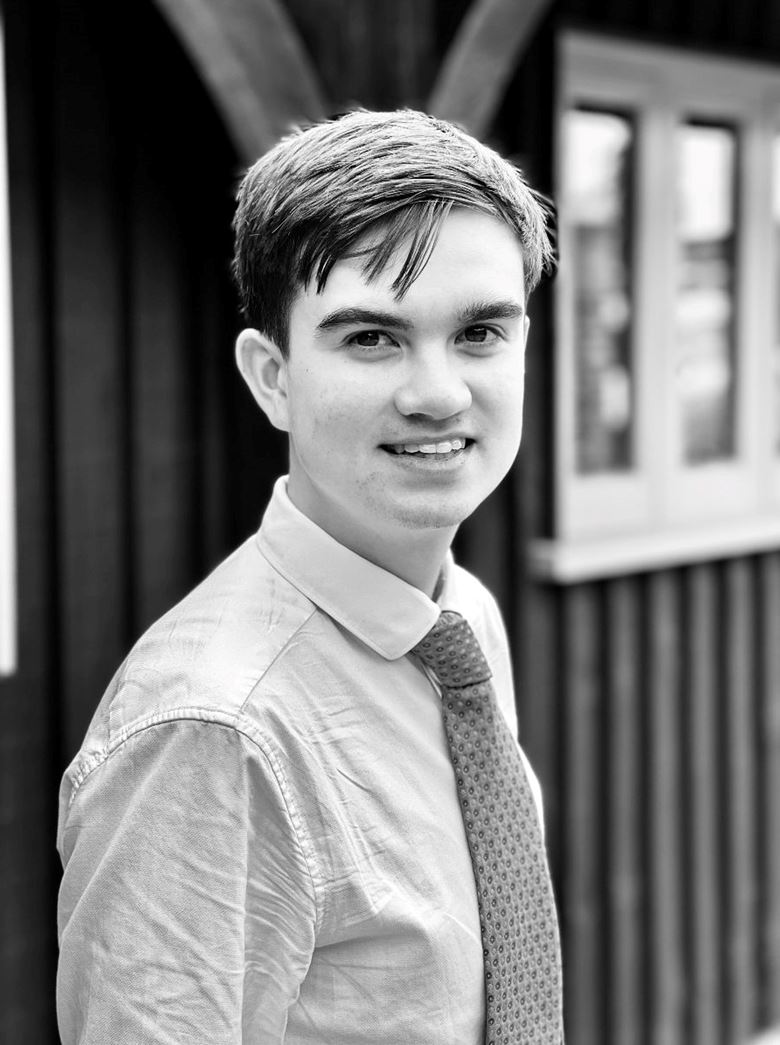
The team extend a warm welcome to Sam Szeto this month. Sam joins us from the University of Bristol where he studied Aerospace Engineering. Sam has been extensively involved in the University’s Unmanned Air Vehicle (UAV) design, build and test projects, for which he was the lead engineer for mechanism actuation and control. Sam has particular skills in design, computing, mathematical modelling, thermodynamics and aerodynamics. As such Sam is ideally placed to support our large compressor and turbine rig design projects, as well as our other ongoing design and analysis projects.
Composites – new adhesive modelling techniques will allow metallic co-bonded and glued inserts to be more reliably modelled.
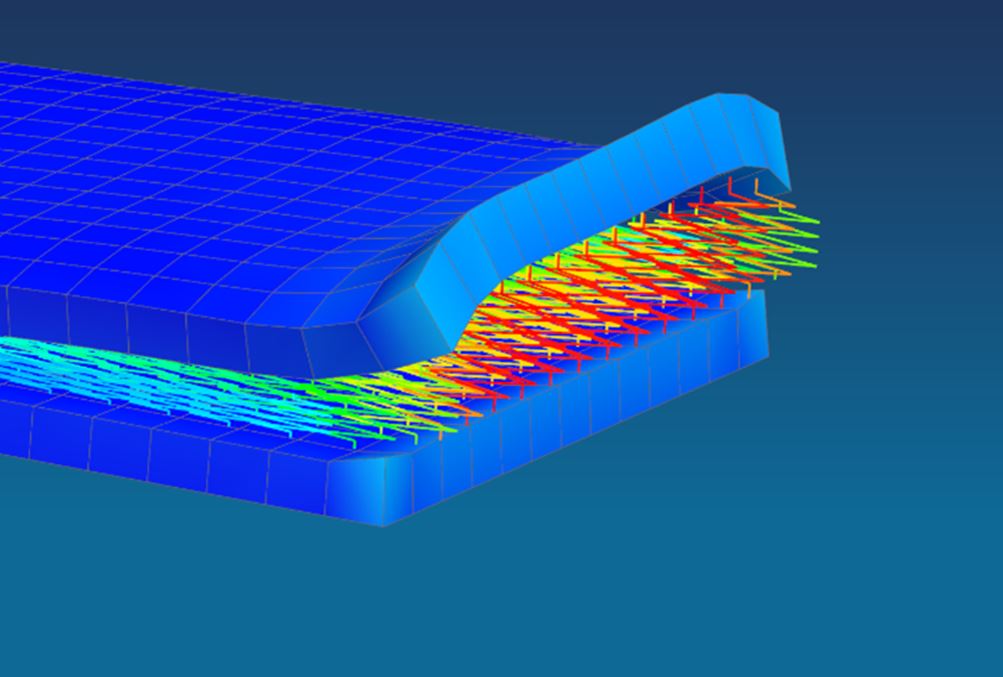
Computational Fluid Dynamics (CFD) gets a boost!
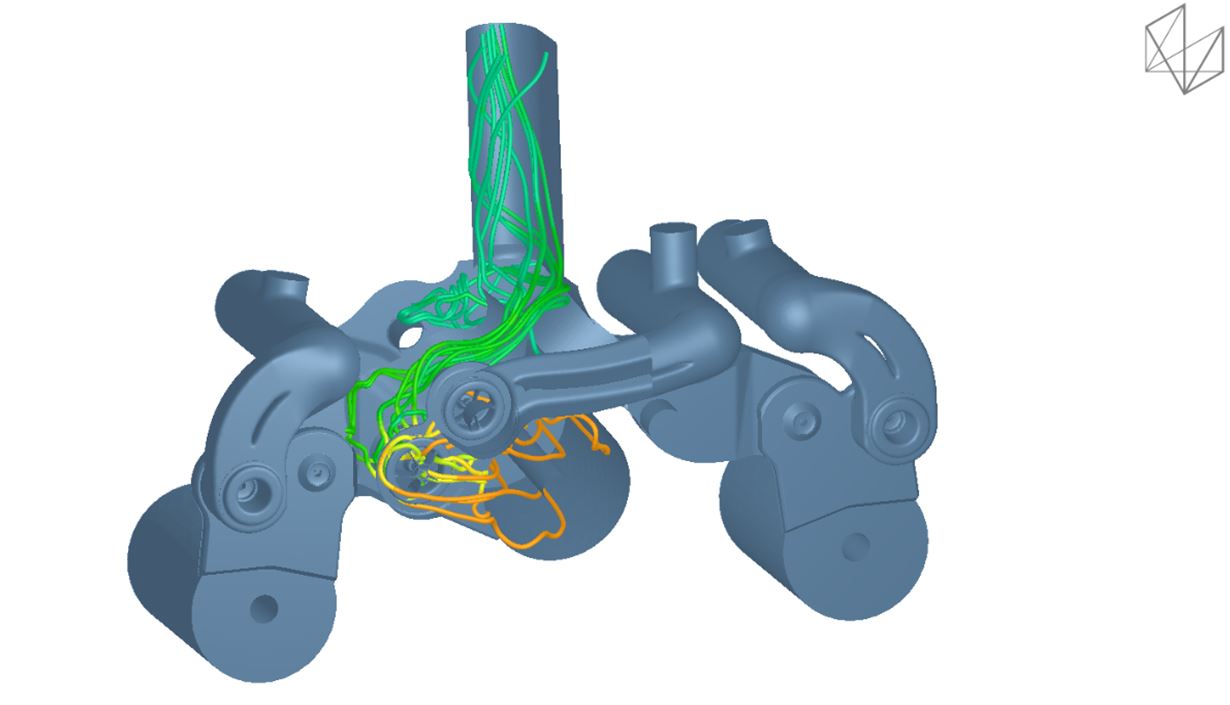
Our CFD team are busy using both of our preferred software tools, Star CCM and SC Flow to analyse a number fo complex customer problems.
Refining and optimising geometries to reduce wake (noise) and drag is a busy area in both the military and civil arenas.
Optimising air flow shapes to provide cleaner air presentation to gas turbine test equipment is busy.
Modelling of Hydrogen bubble flows in process plant is another busy area too.
Our CFD team will be benefitting from our latest investment announcement (see below) in computing hardware that enables the bi wiring of computers along with faster switches (bottlenecks) – giving much faster analysis run times for large and complex CFD models.
Our hot nozzle structure design nears completion of manufacture
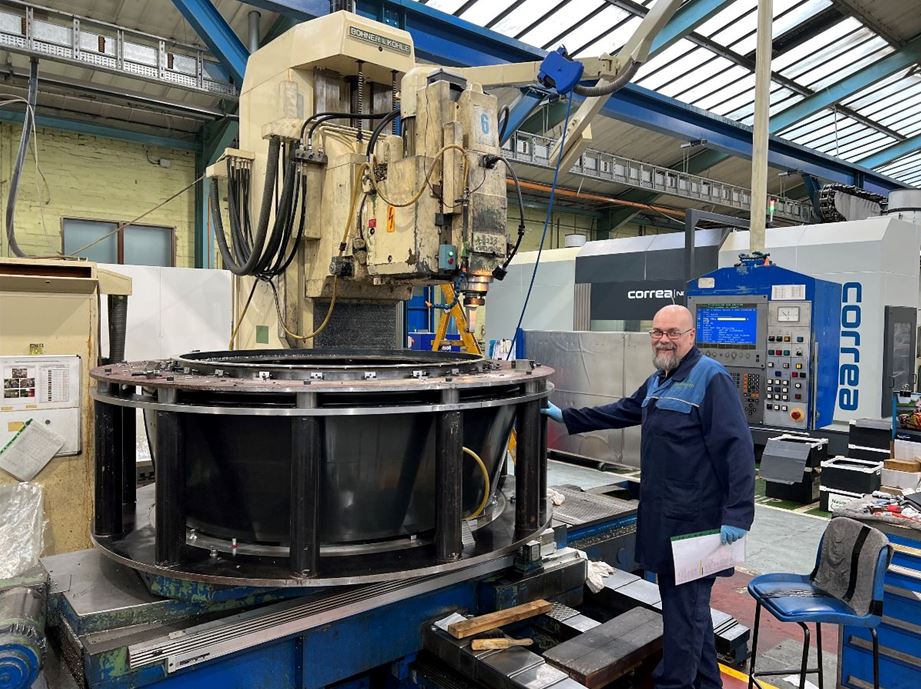
Marine defence team update
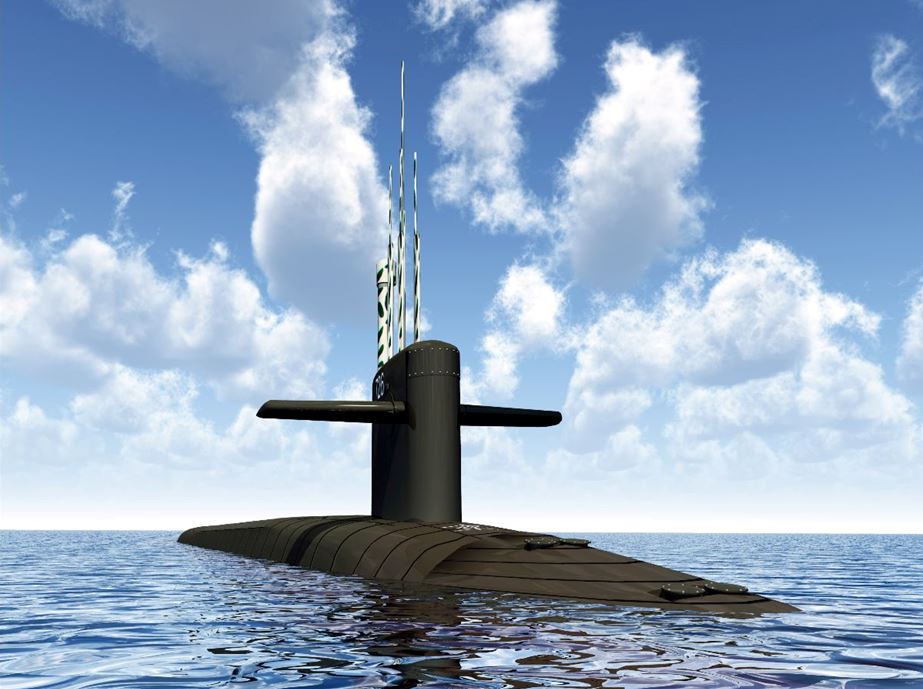
Maritime defence both surface and sub surface remain an important back bone of our business and we are pleased to report that this arena is continuing to grow.
At time of writing we are active in the design of complex carbon fiber structures with challenging weight optimisation requirements.
The modelling of complex electro-mechanical assemblies for shock and vibration continues along with a number of advanced CFD modelling scenarios to reduce wakes, noise and vibrations.
Our defence team are also using Dytran to model heavily non linear events such as impact and resulting damage too!
More computing power is being introduced

